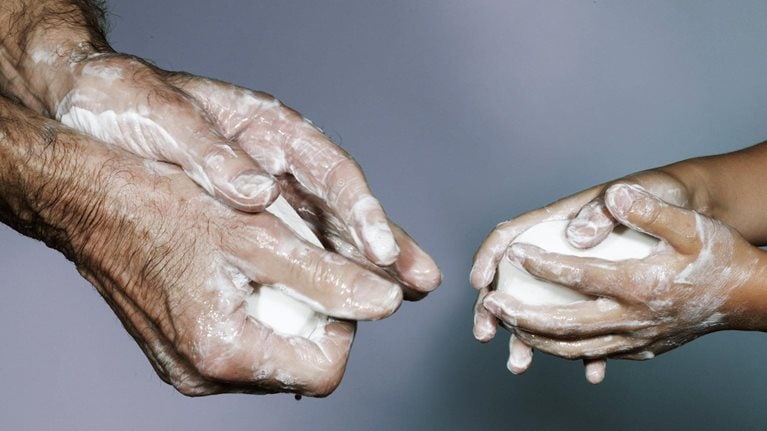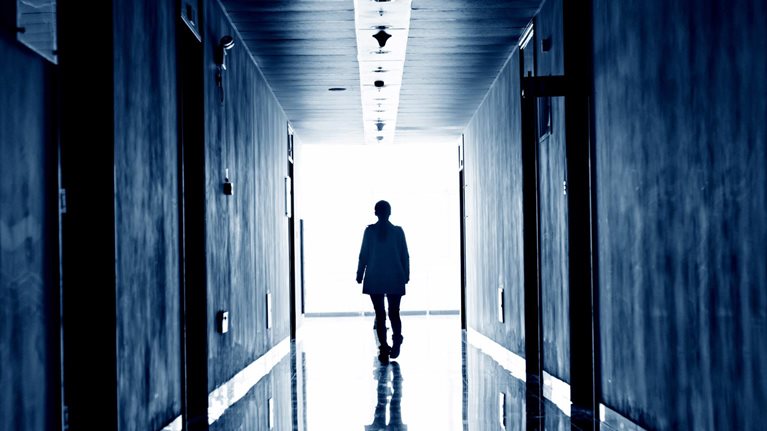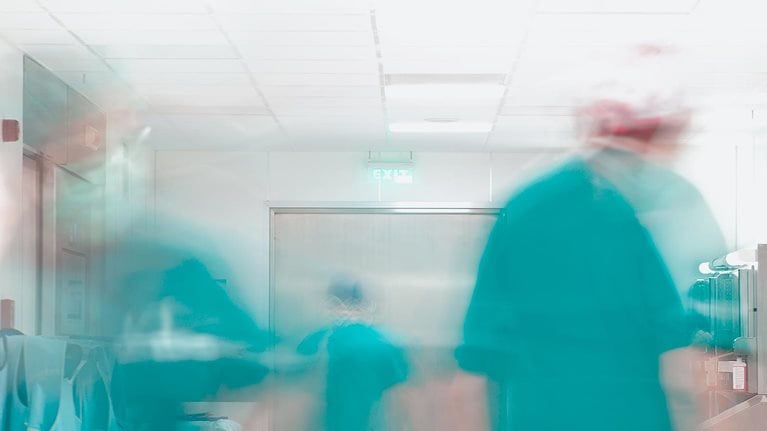The COVID-19 pandemic is a threat to our population, not only for its risk to human life and ensuing economic distress, but also for its invisible emotional strain. Recent days have seen the sharpest economic pullback in modern history and a record-breaking spike in unemployment. It is inevitable that the global pandemic, compounded by financial crisis, will have a material impact on the behavioral health of society. Following the global financial crisis in 2007–08, for example, many countries saw higher rates of depression, anxiety, and alcohol and drug use. In 2008, the Great Recession ushered in a 13 percent increase in suicides attributable to unemployment with over 46,000 lives lost due to unemployment and income inequality in that year alone.123
Beyond the negative impact of a traditional economic downturn, COVID-19 presents additional challenges—fear from the virus itself, collective grief, prolonged physical distancing and associated social isolation—that will compound the impact on our collective psyche.45 As noted by the McKinsey Global Institute in Safeguarding Lives and Livelihoods, “Daily reports of increasing infections and deaths across the world raise our anxiety and, in cases of personal loss, plug us into grief. There is uncertainty about tomorrow; about the health and safety of our families, friends and loved ones; and about our ability to live the lives we love.” A McKinsey national consumer survey from March 27–29, illustrates this widespread distress, exacerbated even further among those whose jobs have been adversely affected by COVID-19 (Exhibit 1). This confluence of factors poses an unprecedented threat to the current and future health of our society.

Theodore Roosevelt once said, “The more you know about the past, the better prepared you are for the future.” By examining the behavioral health impact of the Great Recession and other large-scale disasters, we can mitigate the negative impact to society from further economic loss and human suffering. Extensive research has documented the association of recessions, mass layoffs, and prolonged periods of unemployment with an increase in income inequality and devastating impact on health and life expectancy in the United States.678 An examination of these data show income inequality maps closely to the rate of suicides among working age adults (Exhibit 2). These effects may deepen through the course of the COVID-19 pandemic.

Not only do mental and substance use disorders stem from economic hardship, they also are known drivers of lower productivity, increased healthcare costs, and higher mortality.9 The World Health Organization has noted that depression and anxiety have an estimated cost to the global economy of $1 trillion per year in lost productivity.10 A likely surge of people experiencing acute behavioral health problems—both those with new symptoms and those with existing conditions—has potential to further strain the healthcare system and add cost to an already unprecedented economic downturn.
To better understand behavioral health as a cost driver, McKinsey conducted an analysis of national insurance claims data and found that 60 percent of overall medical expenditures are driven by the 23 percent of members who have mental or substance use disorders (Exhibit 3). This disproportionate spend is driven largely by increased medical costs. For example, the cost to treat the diabetes of a patient with depression is, on average, almost $20,000 higher than for a patient without depression, due to factors such as medical complications, reduced access to preventive care, and challenges with illness self-management.

As governments race to contain COVID-19, it is important to know the actions society can take to mitigate the behavioral health impact of the pandemic and economic crisis.1112 For every one dollar spent on scaling up treatment for common mental disorders, a four-dollar return can be realized in improved health and productivity.13 In the United States, the Coronavirus Aid, Relief, and Economic Security (CARES) Act provides $425 million for additional community-based behavioral healthcare and suicide prevention. Given the urgency of this issue, no-regrets steps for healthcare stakeholders could include the following:
- Strengthen community prevention: Provide risk-stratified crisis counseling support to individuals and families directly affected by COVID-19, including individuals who lose their jobs, healthcare and essential workers, older adults, people with disabilities, and individuals experiencing extended quarantine. Across whole communities, conduct outreach to promote resilience, normalize reactions, and let people know when and where to seek help.
- Leverage data and technology: In the initial “resolve” phase,14 use predictive analytics to direct prevention and clinical resources to those most at-risk for mental health or substance use problems and unmet basic needs. As we move towards recovery in the “return” phase, leverage and improve available data sources, encourage the use of artificial intelligence, and scale digital platforms (for example, digital therapeutics) to connect consumers seamlessly to evidence- and measurement-based care. As governments consider how they fund telehealth, examine what impact emergency waivers, flexibilities, and rate increases for telehealth under COVID-19 are having on care delivery.
- Integrate behavioral and physical health services: Initiate or accelerate efforts to reduce stigma and encourage understanding of behavioral health as fundamental to overall health. Implement universal screening and treatment for mental health and substance use problems in primary and specialty healthcare settings, including for individuals with or at high risk for COVID-19. Increase behavioral health competency of primary care providers, expand the use of peer counselors to enable timely behavioral healthcare, and strengthen capacity of the behavioral health workforce. Provide appropriate physical health care to individuals with ongoing behavioral health needs.
- Address unemployment and income disparities: To reduce long-term psychosocial risk from COVID-19, policy makers and employers may want to reimagine the future to alleviate economic disparities. More innovation may be valuable around accelerated skill redevelopment, job redeployment, supported employment, and incentivizing investments in local job growth. And, proven interventions can be applied, including enabling people to protect their health (for example, paid sick leave); and ensuring people whose livelihoods have been affected by COVID-19 are able to meet basic needs such as food, housing, and childcare.
In the turmoil around the economy and the coronavirus itself, society should be mindful of its collective resilience. The anxiety, stress, financial strife, grief, and general uncertainty of this time will undoubtedly lead to behavioral health crises. It is therefore important that communities seeking a “next normal” can draw from their inherent strength and compassion to recognize, treat, and support those experiencing this human toll of the COVID-19 pandemic.
For more related insights, visit the Center for Societal Benefit through Healthcare’s webpage.


